Imagine stepping into a hidden room in the world of movies, where the stories you adore have secret doors leading to endings you’ve never seen. It’s like finding out your favorite book has a chapter you never knew existed! Many movies we hold close to our hearts were almost wrapped up in ways that could have turned everything upside down. I’m here, as your friendly guide, to pull back the curtain and reveal these surprising twists. Together, we’ll explore these alternate paths, shedding light on how our favorite tales could have taken a shocking turn.
I Am Legend (2007)
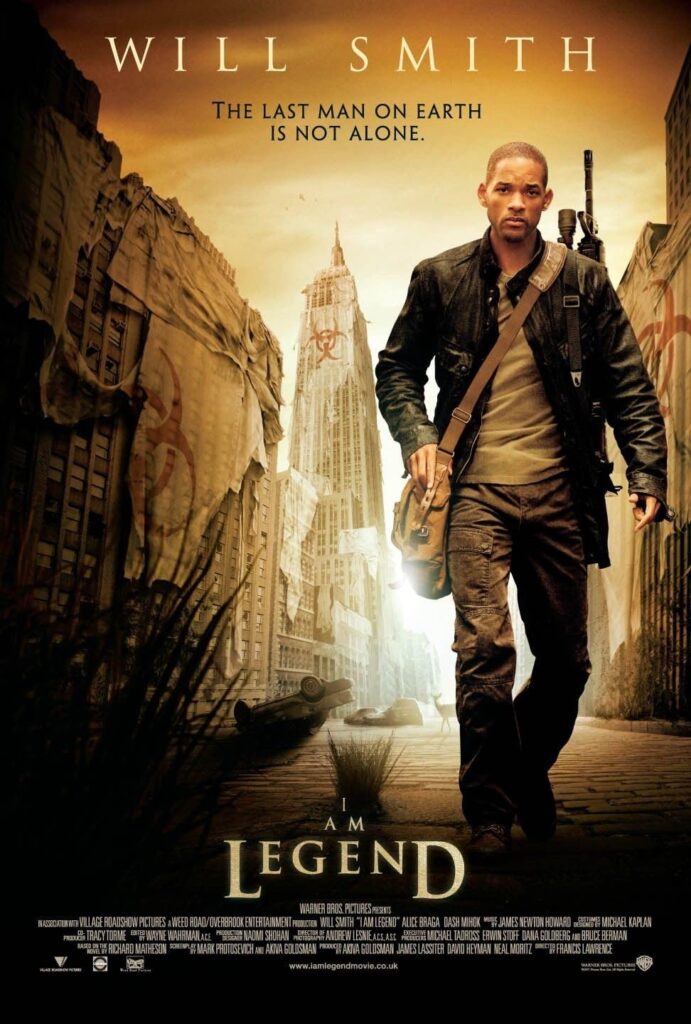
The theatrical ending of “I Am Legend” sees Will Smith’s character, Robert Neville, sacrifice himself to save others, upholding the film’s theme of hope and redemption. The alternate ending, however, presents a more nuanced conclusion where Neville realizes that the infected are not devoid of humanity and social bonds, as he had thought. This ending shifts the moral compass of the story, suggesting a coexistence rather than a clear-cut victory over the infected, challenging viewers’ preconceived notions about the true nature of the film’s antagonists.
Titanic (1997)
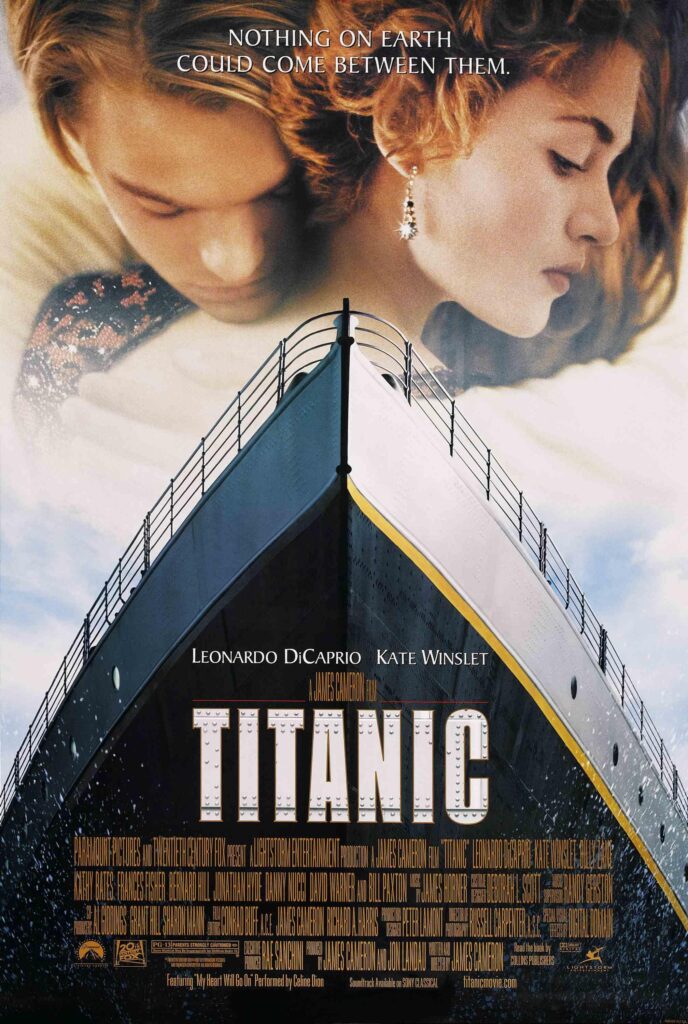
The alternate ending of “Titanic” adds a layer of confrontation and melodrama to the already emotionally charged narrative. In this version, Brock Lovett (played by Bill Paxton) and Lizzy Calvert (played by Suzy Amis) witness Rose secretly dropping the Heart of the Ocean necklace into the sea, leading to a heated exchange. This ending would have detracted from the poignant, introspective conclusion of the film, surprising audiences with a less subtle and more confrontational resolution.
Stigmata (1999)
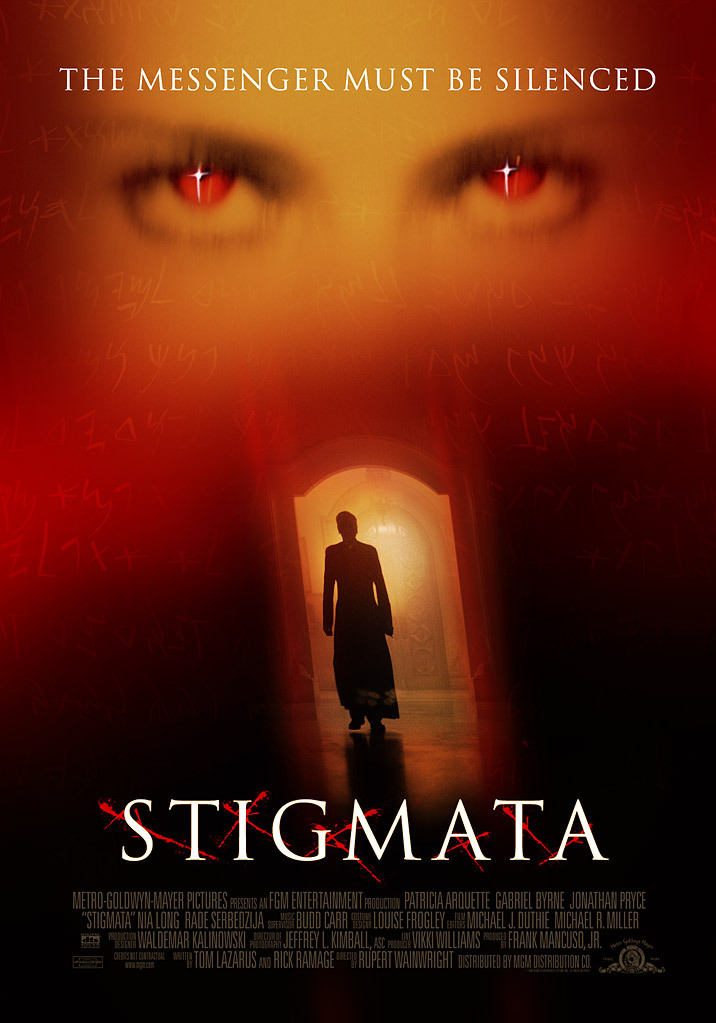
The original ending of “Stigmata” leaned more heavily into the supernatural elements of the story, with a more ambiguous conclusion regarding the protagonist’s fate and the nature of her afflictions. The alternate ending provided a clearer resolution that emphasized the movie’s critique of institutional religion, potentially altering the film’s message and shocking audiences with its directness and lack of ambiguity regarding faith and corruption within the church.
The Butterfly Effect (2004)
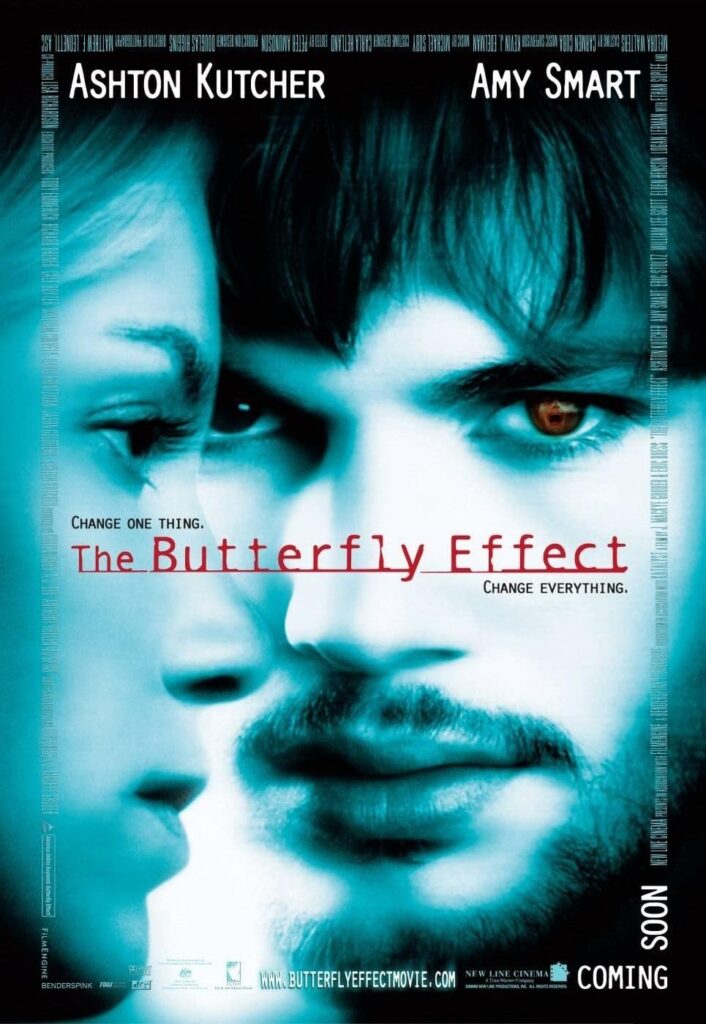
One of the alternate endings of “The Butterfly Effect” is significantly darker than the theatrical release, with the protagonist going to extreme lengths to ensure the well-being of his friends. This ending involves the protagonist making a drastic decision that prevents his birth, a shocking and bleak conclusion that underscores the film’s themes of fate, sacrifice, and the profound impact of seemingly minor actions.
Get Out (2017)
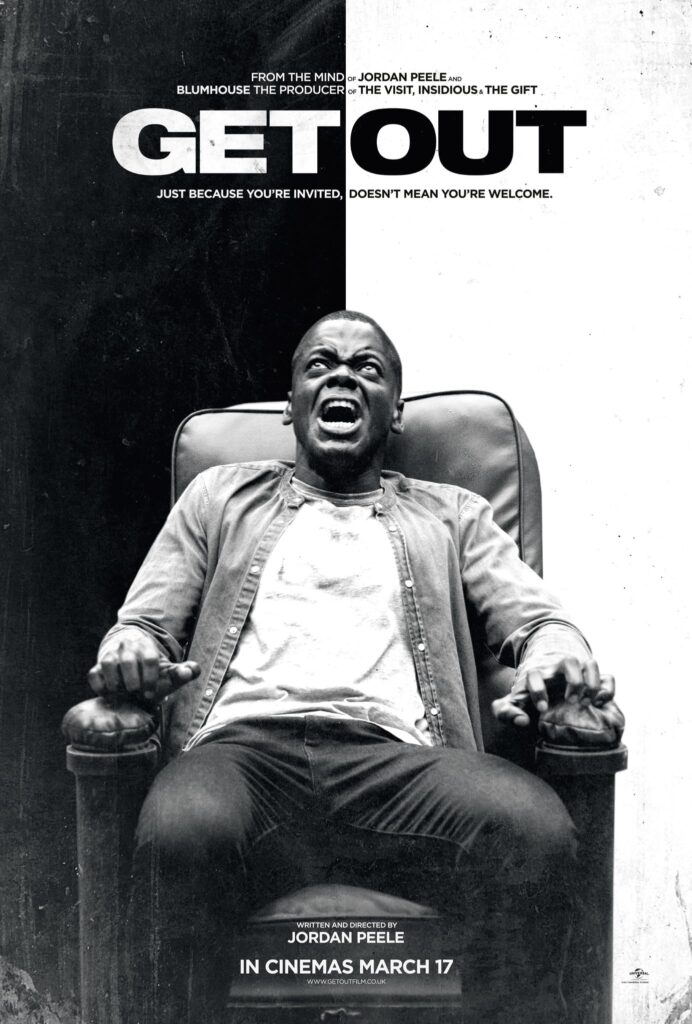
The alternate ending of “Get Out” presents a less optimistic outcome for the protagonist, Chris, where he ends up incarcerated for the deaths of the Armitage family, rather than being rescued. This ending would have offered a grim commentary on racial injustice and the legal system, starkly contrasting with the somewhat hopeful conclusion of the theatrical release, thereby shocking audiences with its bleak realism.
Rambo: First Blood (1982)
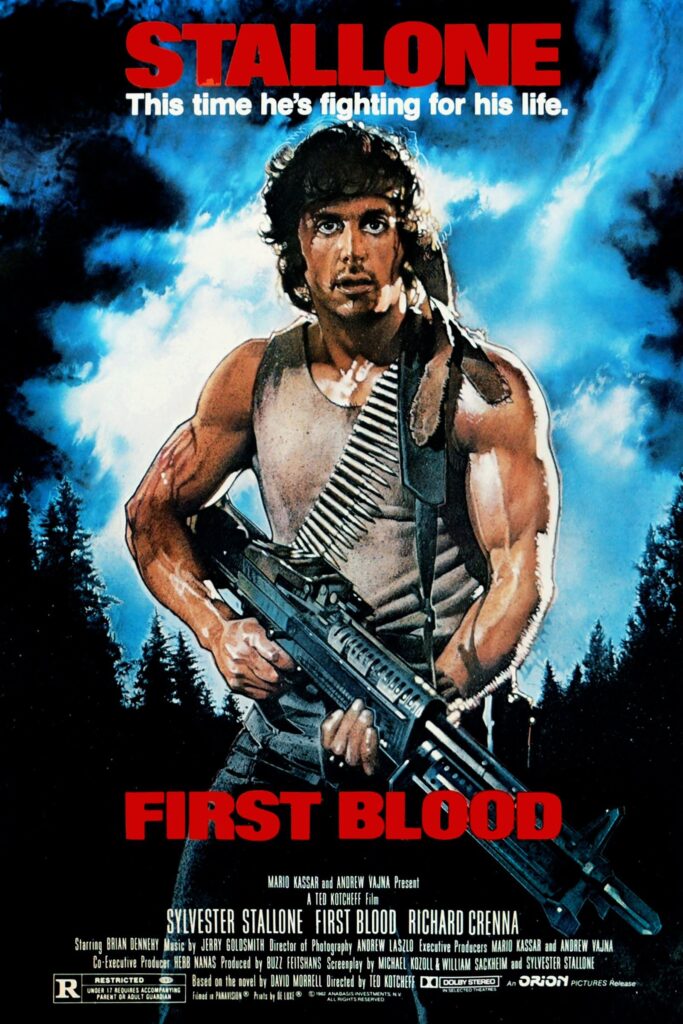
The alternate ending of “First Blood” had John Rambo committing suicide rather than surrendering to the authorities, emphasizing the tragic consequences of war and the abandonment of veterans. This ending would have provided a definitive conclusion to Rambo’s story, starkly highlighting the themes of alienation and the failure of society to reintegrate its soldiers, a conclusion that might have deeply shocked and saddened audiences.
The Bourne Identity (2002)
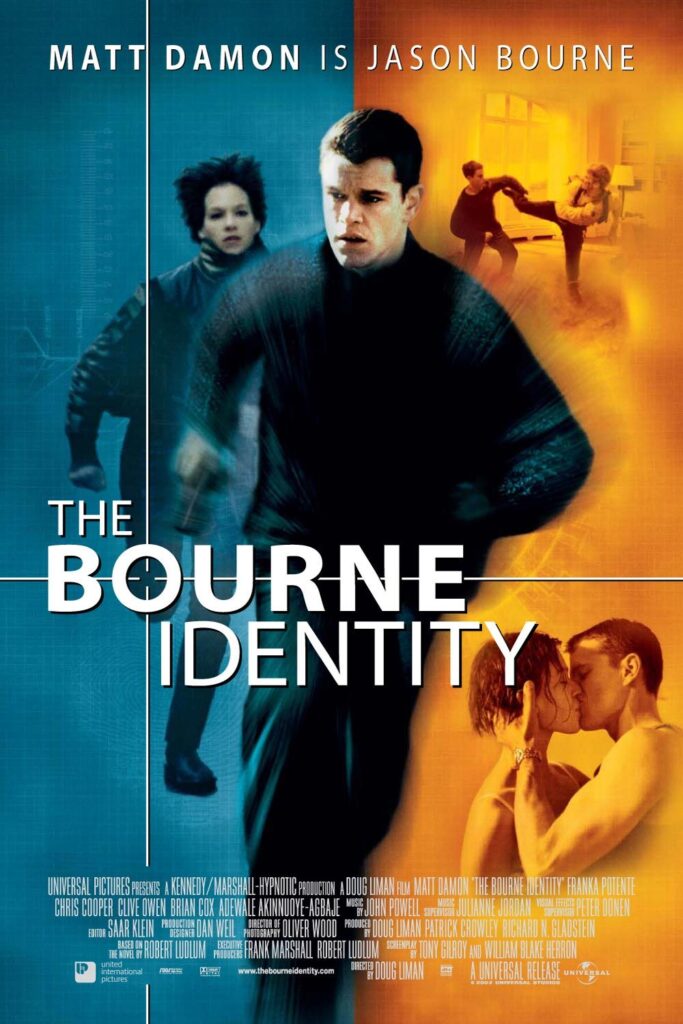
An alternate ending to “The Bourne Identity” could have potentially explored a different aspect of Jason Bourne’s quest for identity or offered a resolution that diverged significantly from the one presented. A shocking alternate ending might involve Bourne fully regaining his memory, only to reject his former life entirely, or discovering a more sinister truth about his origins, challenging the viewer’s expectations about identity and redemption.
Seven (1995)
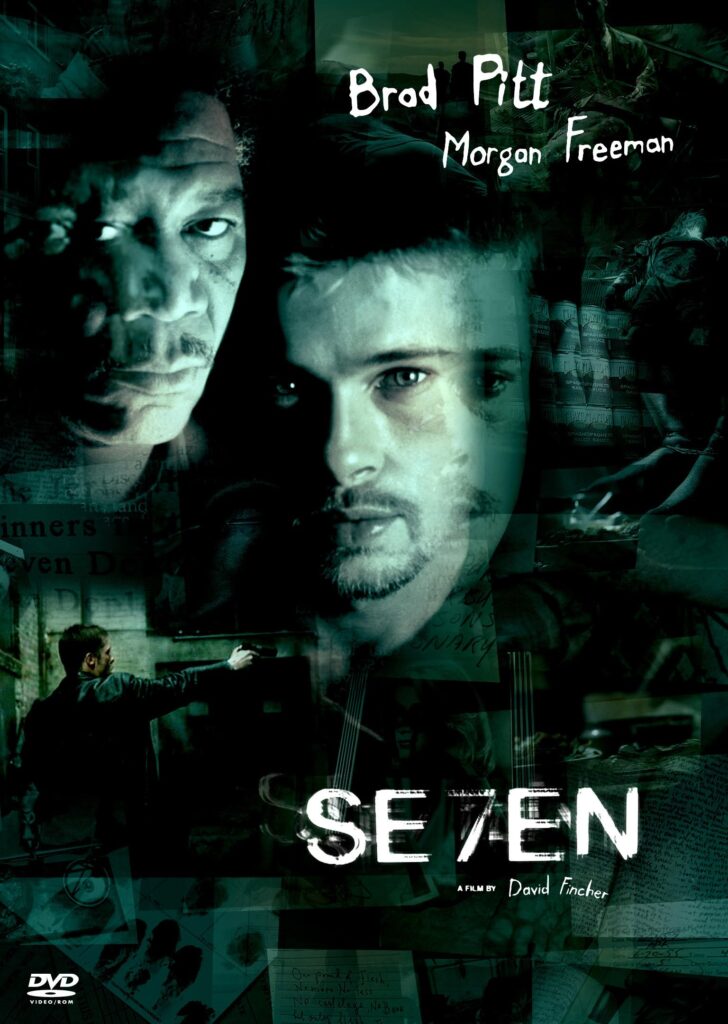
The original ending of “Seven” is already profoundly shocking, but an alternate ending could have taken a different route with the fate of Detective Mills (played by Brad Pitt) and the culmination of John Doe’s (played by Kevin Spacey) plan. An even more shocking ending might have seen Mills succumbing to his wrath and becoming more like Doe, thereby fulfilling Doe’s twisted vision of the world, or perhaps an ending where Doe escapes, leaving a lasting impact on the city’s psyche and law enforcement.
Pretty Woman (1990)
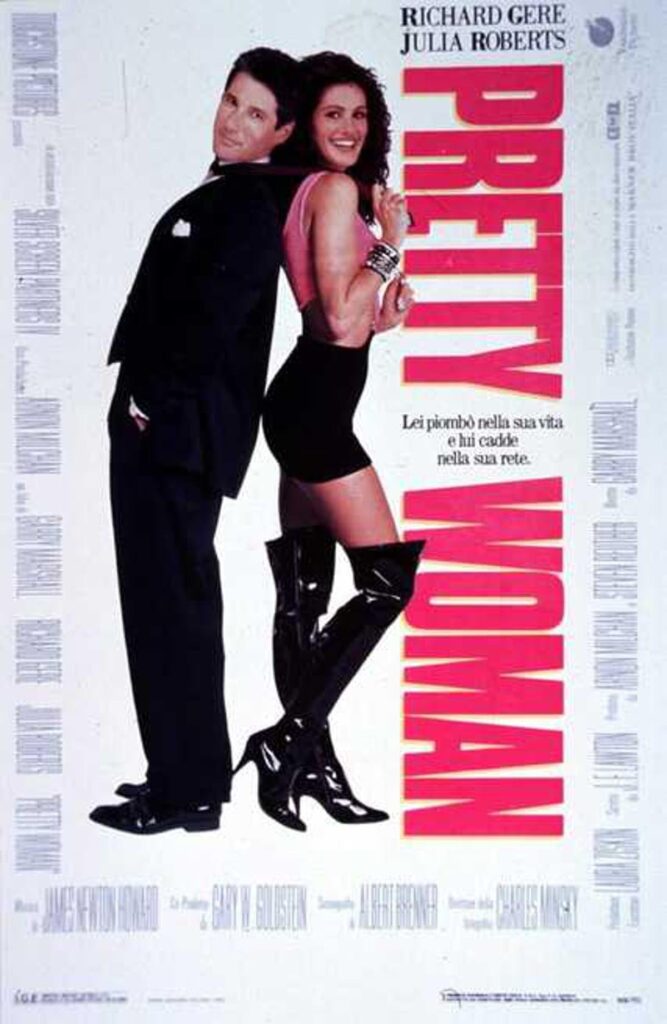
The beloved romantic comedy originally had a much darker ending in mind, with Vivian’s story concluding on a note of uncertainty and disillusionment regarding her future, rather than the fairy-tale ending audiences received. This alternate conclusion would have sharply contrasted with the film’s overall lighthearted tone, presenting a more realistic but grim commentary on the lives of sex workers and the unlikely nature of the film’s central romance, potentially shocking audiences used to more conventional romantic narratives.
Clue (1985)
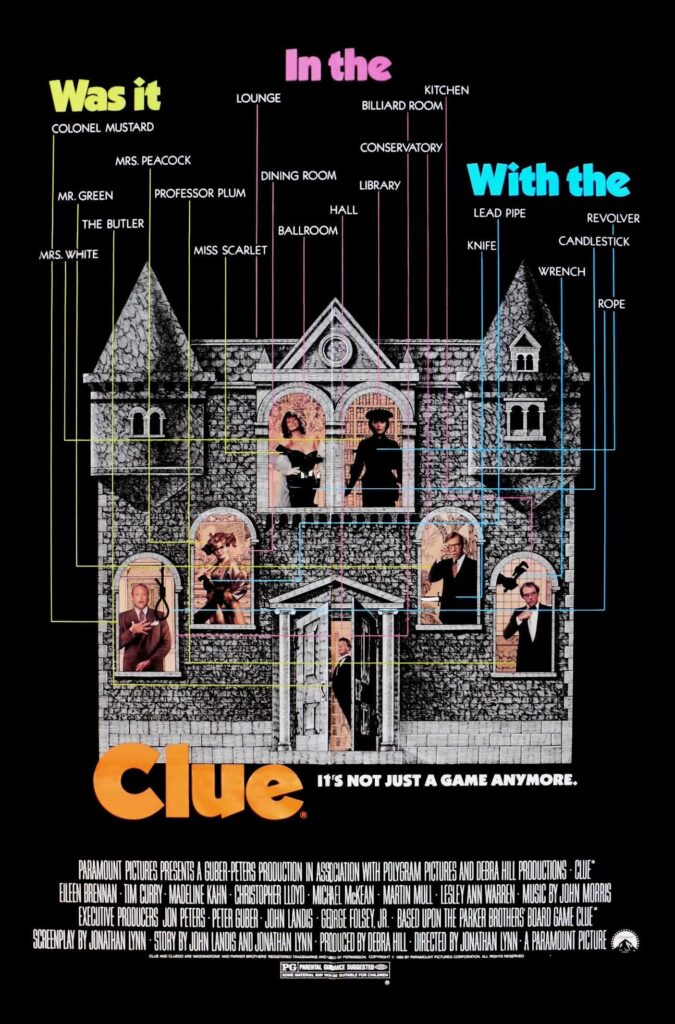
“Clue” is unique in that it features multiple endings that were shown in different theaters upon its release. However, an alternate ending that wasn’t included depicted Wadsworth the butler as the sole culprit, killing everyone to prevent the exposure of his blackmail scheme. This ending would have streamlined the complex narrative into a single, shocking resolution, diverging from the film’s theme of collective guilt and complicity.
Dodgeball: A True Underdog Story (2004)
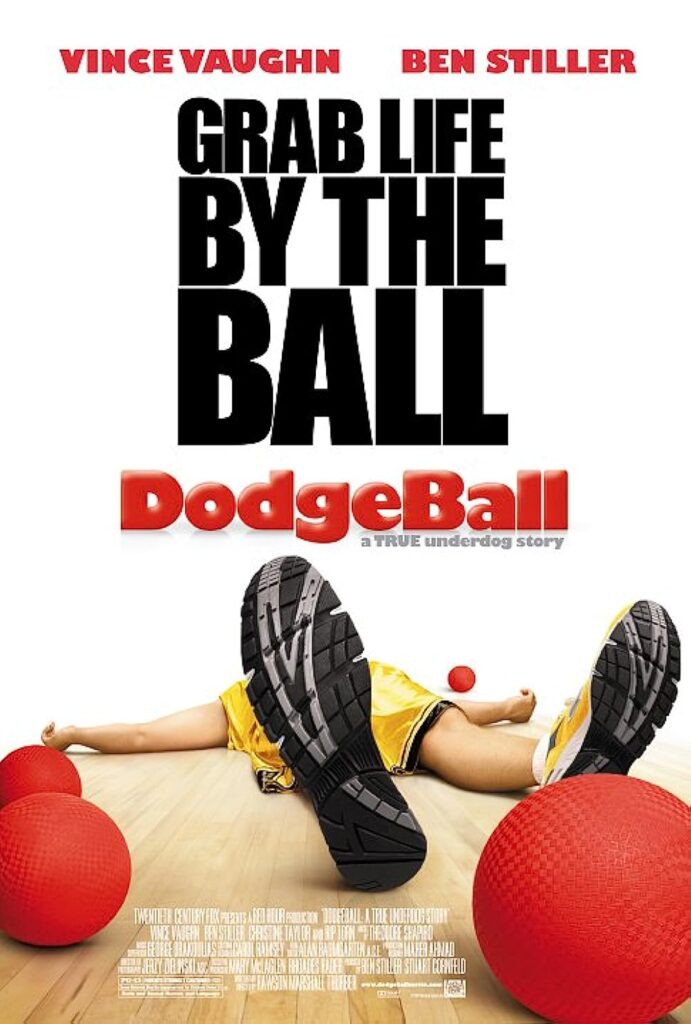
The original ending of “Dodgeball” had the Average Joes losing the final match against Globo Gym, adhering to the underdog story trope by emphasizing the value of effort over victory. This ending would have subverted the typical sports movie climax where the underdogs triumph, delivering a more cynical but perhaps more realistic message about competition and success, shocking audiences expecting a feel-good conclusion.
28 Days Later (2002)
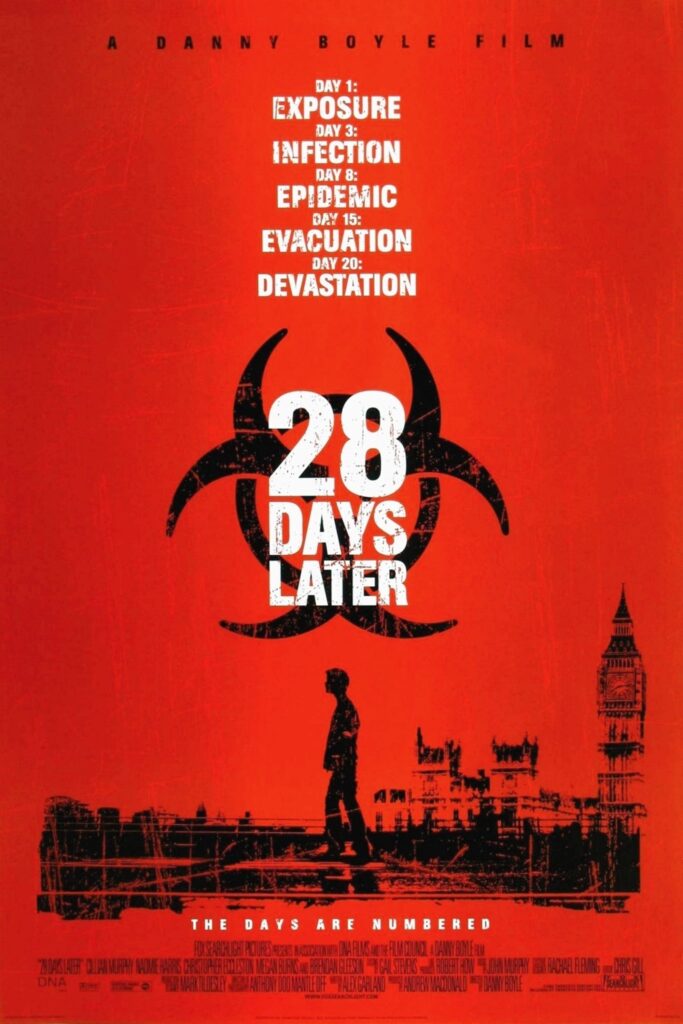
One of the alternate endings for “28 Days Later” is far bleaker than the hopeful note the movie ends on. In this version, Jim dies from his injuries, and there is no hint of a cure or rescue. This ending emphasizes the despair and ongoing struggle for survival in a post-apocalyptic world, offering a grim outlook on the future and shocking audiences with its lack of closure and hope.
Little Shop of Horrors (1986)
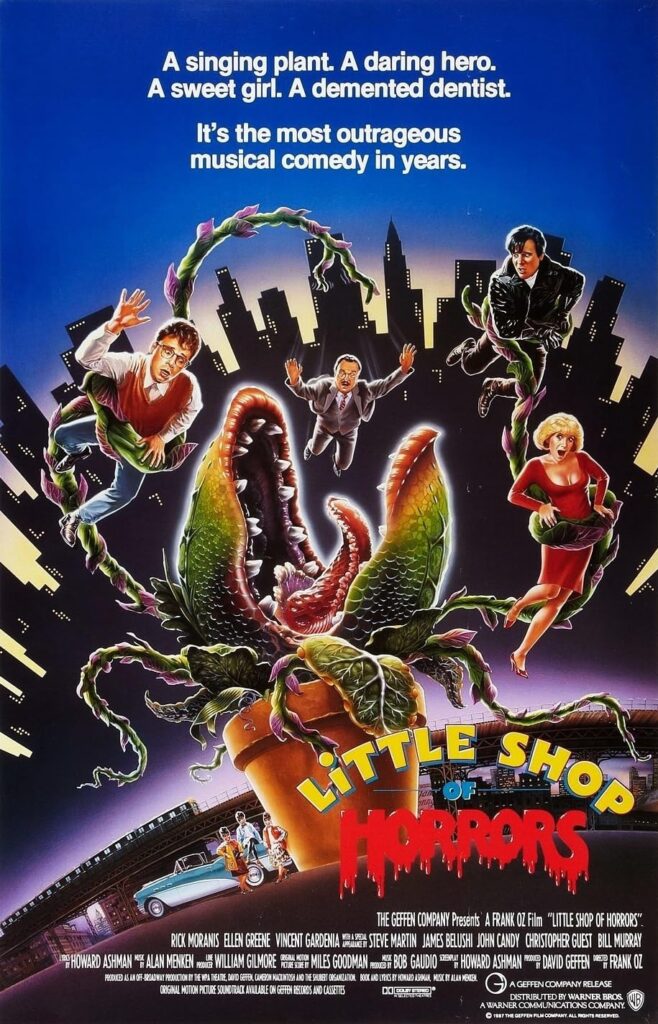
The alternate ending of “Little Shop of Horrors” stays true to the original stage musical’s conclusion, where Audrey II eats both Audrey and Seymour and then takes over the world. This dark and dystopian ending was initially filmed but changed because test audiences found it too depressing. This version would have shocked audiences with its grim outcome, starkly contrasting with the more upbeat, Hollywood-style ending.
Blade Runner (1982)
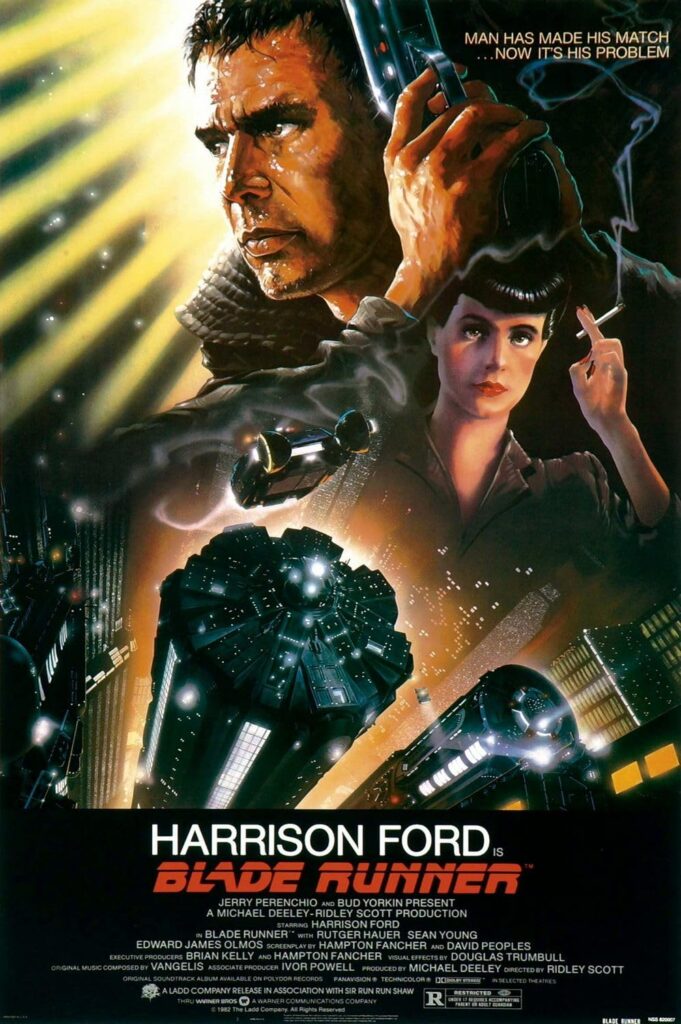
“Blade Runner’s” original cut featured a more ambiguous ending, leaving the nature of Rick Deckard’s humanity in question. An alternate ending suggests a happier conclusion, with Deckard and Rachael escaping together, implying a more optimistic future. This ending would have significantly altered the film’s complex themes of identity, memory, and humanity, providing a less nuanced and more straightforwardly positive conclusion. This article originally appeared on UnifyCosmos.
More from UnifyCosmos
14 Cheese Varieties From Around the World and How to Savor Them

Embark on a flavorful journey as we explore 14 distinct cheese varieties from around the globe. Read More.
13 Insanely Delicious Soups From Around the World

In this article, we’re diving spoon-first into the steaming, savory, and sometimes spicy world of soups that define cultures, comfort souls, and tantalize taste buds. Read More.
15 Spectacular U.S. Road Trips That Showcase the Country`s Diversity

Discover America’s stunning landscapes and rich cultural tapestry with our list of 15 spectacular U.S. road trips. Read More.
Leave a Reply